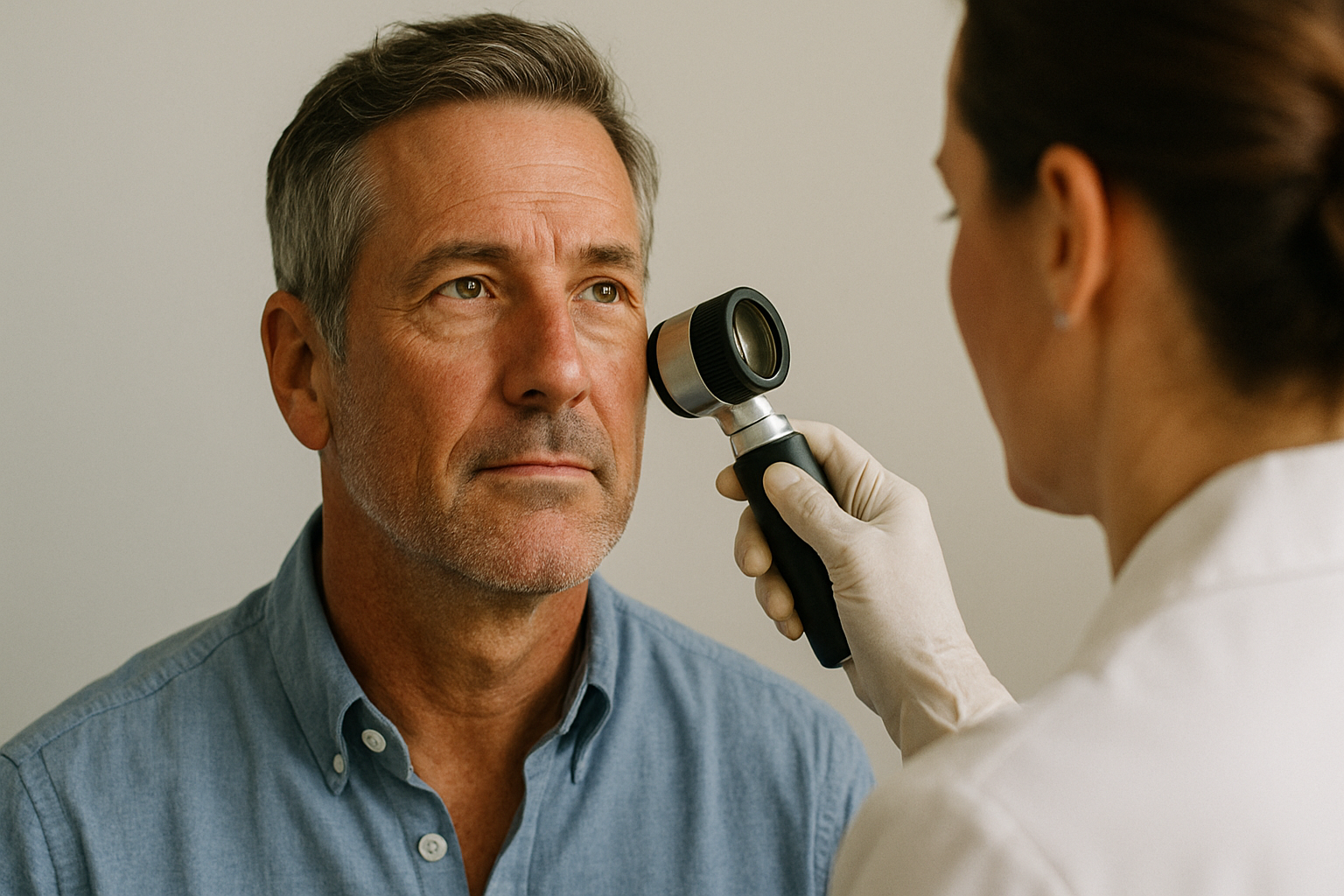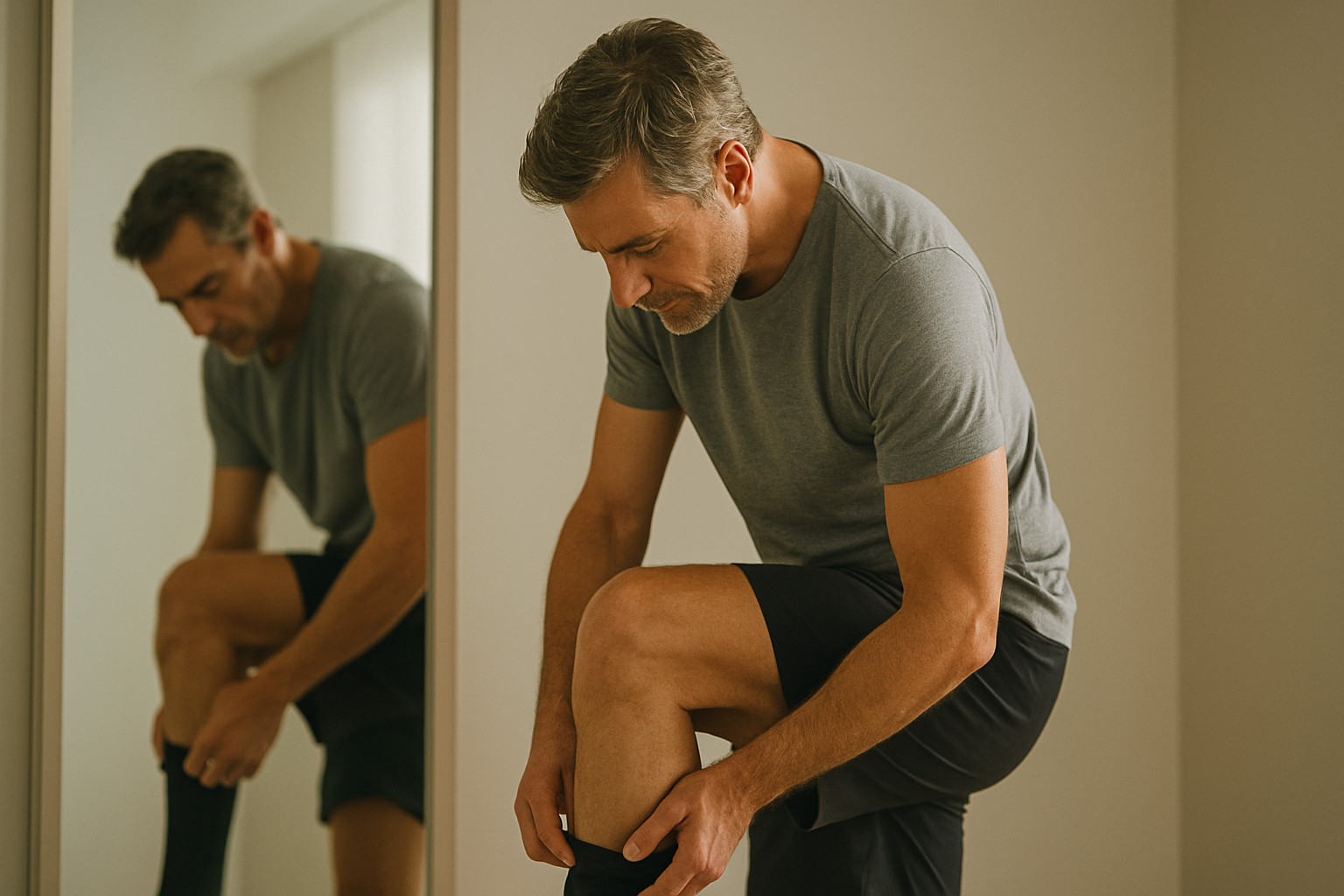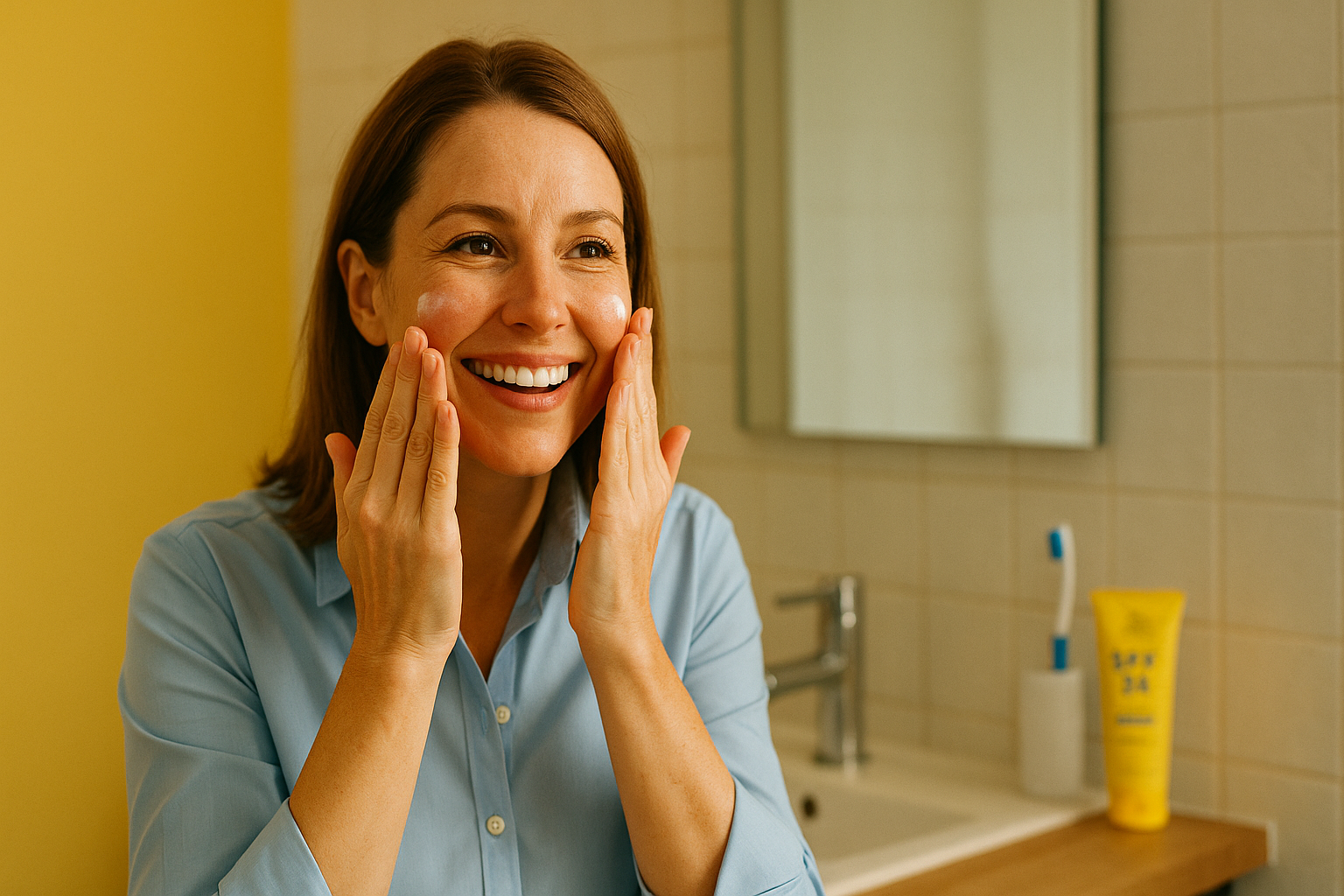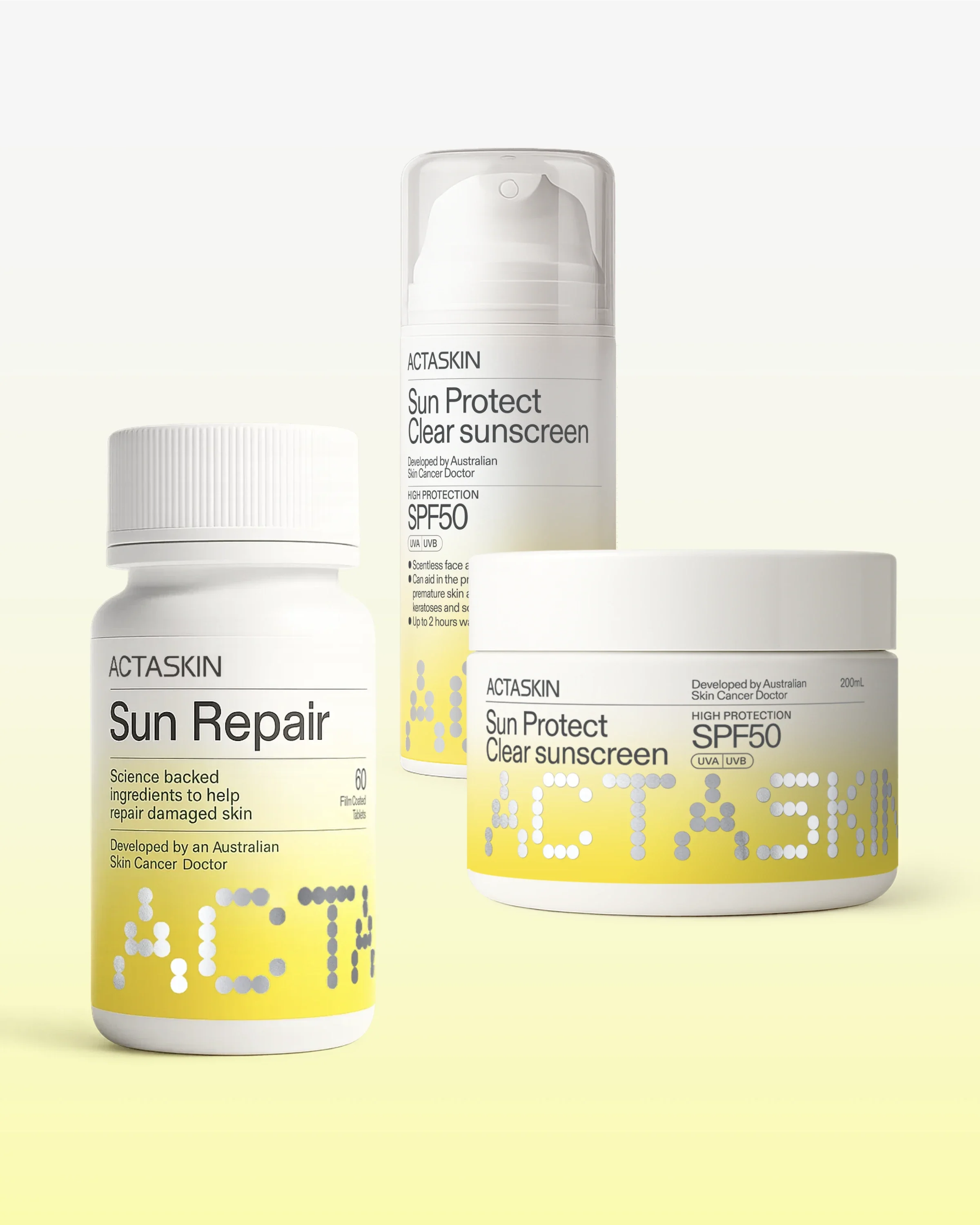
What we think you should know
There is so much misinformation about sun protection, sunscreen, and skin cancers that sometimes you don’t even know where to start.
Here are our top explainers that you should know.

Why regular skin checks are important
As a skin cancer doctor, I’ve seen firsthand the devastating impact of melanoma. Australia holds the grim title of having the highest melanoma rates in the world, often called 'Australia’s national cancer.' But here’s the thing—melanoma is largely preventable. The science is clear, and the solutions are simple.
The Stark Reality of Melanoma in Australia
- In 2025 alone, an estimated 16,800 Australians will be diagnosed with melanoma.
- 1,300 Australians lose their lives to melanoma every year—one death every six hours.
- It’s the most common cancer in young Australians aged 20 to 39
BUT Melanoma is curable if detected early

The Life-Saving Check You Should Be Doing
Australia and New Zealand have some of the highest melanoma rates in the world. Queensland alone reports an alarming 40–60 cases per 100,000 people—more than four times the rate seen in the United States. While melanoma remains the fourth most common cancer in these regions, there’s a silver lining: death rates are stabilizing thanks to earlier detection. Early identification is key, and understanding how to spot melanoma on your skin can make all the difference.
Your Skin, Your Story: Why Skin Checks Matter
Your skin is more than just your body's outer layer—it’s a map, a reflection of your health and history. By taking the time to examine your skin regularly, you’ll get to know its unique features and can spot any changes early. Melanomas can vary in appearance—sometimes brown, pink, or even skin-colored—so don’t just rely on the classic dark mole. Familiarizing yourself with your skin helps you notice potential issues early on, and early detection significantly improves treatment outcomes.

How does UVA and UVB damage our skin?
We all know the sun brings warmth and light, but there’s more happening behind the scenes. Along with visible light, the sun emits Ultraviolet (UV) radiation, which is invisible to the naked eye.
Just like light breaks into different colours of the rainbow, UV radiation also exists in different wavelengths, each with its own impact on our skin. The two types you need to know about are UV-A and UV-B—both of which play a major role in skin ageing, DNA damage, and skin cancer.
UV-A vs UV-B: Why Both Matter
Luckily, Earth's atmosphere acts as a natural shield, blocking out about 95% of the sun's UV-B radiation. But do not let that statistic fool you, the 5% that makes it through is still more than enough to cause serious damage.

Daily sunscreen halves your Melanoma risk
Let’s talk facts. I ran a study on sunscreen habits with 110 Australians, and here’s something that stopped me in my tracks—1 in 4 Australians aged 30-45 don’t think daily sunscreen is important for preventing skin cancer.
That’s a problem.
Skin cancer isn’t random. It’s cumulative. Over 90% of skin cancers are caused by sun exposure, and UV damage stacks up over your lifetime. You won’t always see the effects right away, but by the time you do, it’s often too late. The good news? It’s never too late to start protecting your skin.



